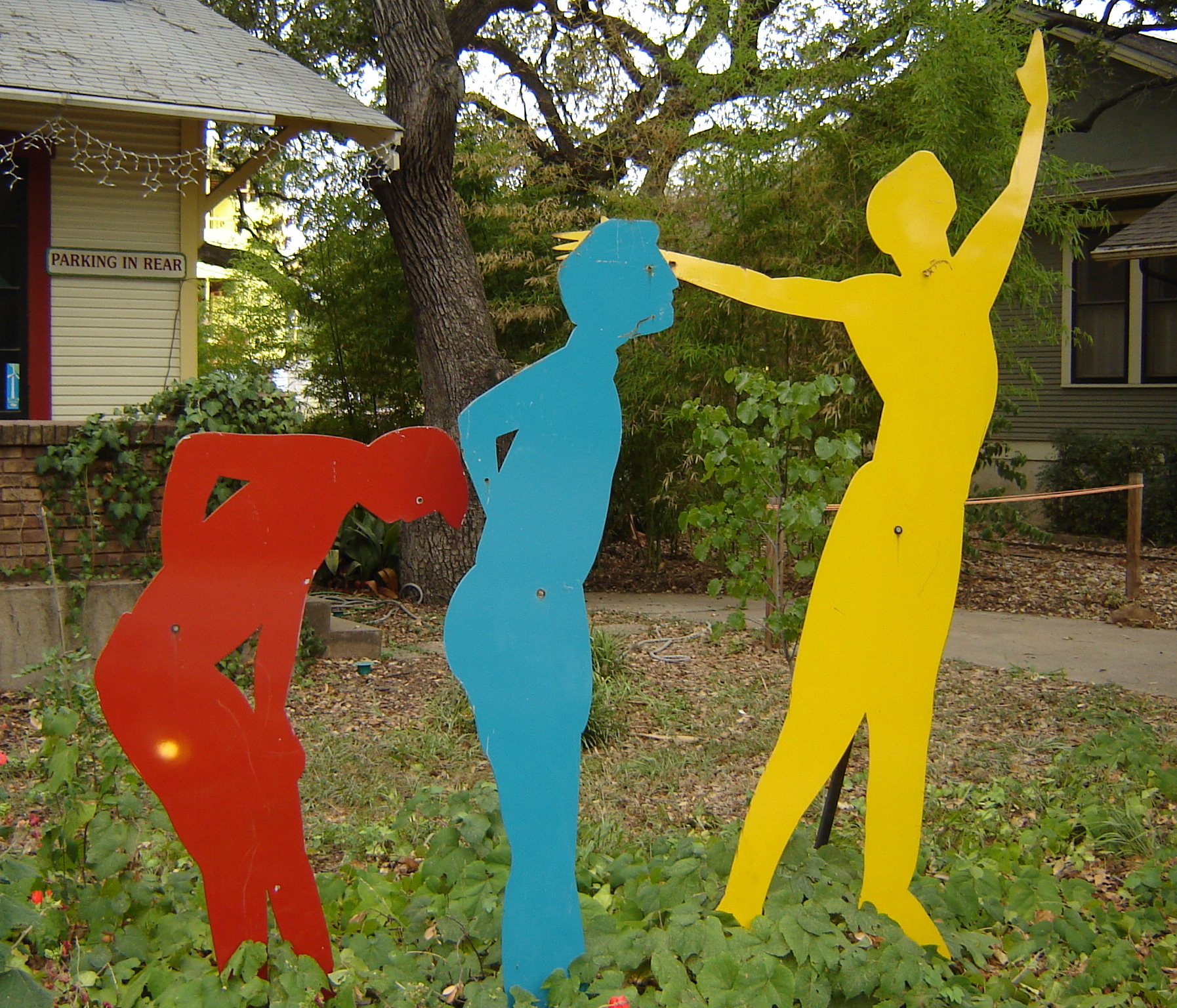Posted on May 08, 2015 by Jenny Cromack
Lower back pain (LBP) is a common complaint and effects over 50% of the population and approximately 70% of adults will have episodes of LBP in their lifetime. It is the one of the most common reasons for absence from work. A very small minority of people will have a serious or complex condition but in the majority of cases the fix is simple and just requires some strengthening or releasing of specific muscles.
Areas to Stretch:
From my experience with clients I often observe a number of contributing factors rather than one target area. One of areas I have come across that are in need of loosening off are the hamstrings and hip flexors this excessive activity and pull of these muscles causes a forward (anterior) rotation of the pelvis. If you were to forcibly anteriorly rotate your pelvis you would notice that your lower (lumbar) spine curves inwards. If you were to constantly walk around in this position I would guarantee you would feel some ache and pain in the lumbar spine.
So a good inclusion in any program to relieve lower back pain would be hamstring release and hip flexor stretch techniques. Examples will be given later.
Areas to Strengthen and Activate:
Gluteals
In combination with the above over-activity the glutes are often weak and therefore cannot rectify the anterior tilt of the pelvis and support the optimal curve of the lower spine. The gluteal muscles are very under-active in most people as they are very rarely activated enough during everyday tasks. Therefore including specific gluteal activators will help wake them up and support our lower back.
Deep Abdominals
People will work on their abs over and over with endless amounts of crunches but one of the most important areas of the abdominal complex when it comes to spinal support is the Tranversus Abdominis (TVA). When this muscle is fully active it has a protective function by being ready to minimize compression forces and spinal loads. Various studies in the literature have found that in LBP this muscle is in a state of atrophy (weakened and reduced in size). This deep abdominal muscle works with the Lumbar Multifidi to act as primary stabilizers.
Lumbar Multifidi
These deeper spinal muscles have the same role as the TVA in stabilizing the lumbar spine and protecting against spinal loads. These muscles again sit deep, and under the erector spinae muscles. If both the multifidi and the TVA can be activated and conditioned so they can consistently support the lower back it will hep reduce the likelihood of, and relieve any current LBP.
Erector Spinae
Sometimes it can feel like these muscles are very tight, in which case will need some loosening. However, I have also found that the reason they become so tight and spasm is because they are having to bear a lot of responsibility due to the weakness in the above. Therefore, once initial spasm is relieved a good way to approach these muscle in to increase their resistance to fatigue rather than hammer strength into them. Therefore working light but for prolonged periods with these muscles is a good approach as well as some static exercises to get them used to holding stable positions.
One study found that by activating and improving the ability to utilize these muscles improved LBP significantly (Richardson et al., 2004). By simply activating these muscles individuals achieved a 99% improvement in pain scores. They also improved their ability to control and depress their abdominal wall by 48%. This is important in creating intra-abdominal pressure to support LBP. In this study a second group strengthened the trunk and abdominal muscles such as the obliques, rectus abdominus, and erector spinae. They also experienced improvements in pain and decreased functional impairment.
Therefore if we can design a rehab or prehab program involves all these areas we can cover all areas and provide some relief of pain and reduce functional impairment.
Example Program…
Mobility Exercises:
A1. Hamstring Release – 1-2 minutes on each leg. Sit on a roller or hockey ball, press into the roller and actively straighten the leg. Roller should sit in tight area of the hamstring and can be moved to different areas as improvement is made.
B1. Kneeling Hip Flexor Stretch – 3 sets of 30 secs on each leg. Kneel on the floor and lunge the other leg forward, raise the back foot up onto a bench or sofa. Then once balanced and a stretch is felt up the thigh and over the hip, raise the arms straight up above the head.
C1. Erector Spinae Rolling – 1-2 minutes. place the roller across the lumbar spine, then slowly put pressure onto it and roll slowly up until you feel a tender spot. Then hold it there and apply as much pressure as you can until the pain goes. Then move on until another tender area is found.
Warm Up Circuit:
3 sets of 15-20 reps of each…
A1. Superman Exercise
A2. Gluteal Bridges
A3. Dorsal Raises
A4. Lying Back Flattening – lie flat with knees bent and feet flat. Then draw your spine to the floor so the lower back flattens, pause for 5 secs and relax and complete all reps.
Main Body:
A1. Lying ‘T’ Holds – 3-5 sets of 10 with 10sec hold each time. See cycling blog for details.
B1. Woodchops High-Low 3 sets of 12 Each Side
C1. Plank with Straight Leg Hip Extension 3 sets of 30 secs
D1. Good Mornings 3 sets 12-15
Add these exercises to your weekly regime to lose you lower back pain!


